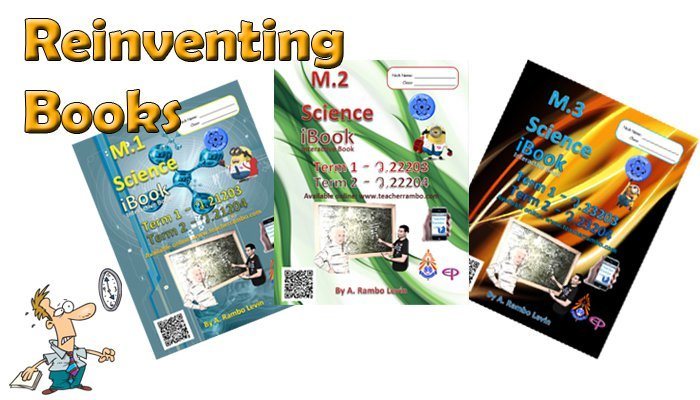Choosing The Best Interactive Board Software For Your Distance Learning Lessons
The expansion of distance learning is unprecedented and, as a result, the quality of online lessons is rising to such levels that small details make the difference between medium and high-level services. One of the tools that have a decisive impact on the above difference is the interactive board software. Its features make a significant contribution to user friendliness, interaction between the trainer and the trainee, the quality of the stored files, and many more that we will try to highlight below in an attempt to illuminate the focal points of the interest of an experienced online teacher when choosing the software best suited to their needs.
Let's start with the basic questions about the general features:
- Is this software to be installed on our computer or is it cloud-based?
- What kind of file are supported, both in terms of processing and storage?
- Which editing and writing tools are provided?
- How friendly is the working environment for the average user?
- What kind of after sales support is provided?
- Is the software free or not?
Installed Or Cloud-Based?
It seems to be an easy question, but I consider it to be a significant part of the flexibility that a user desires to have. Let's think, for example, a professor who teaches in multiple, small online classes; up to 10 students, and even under the age of 16-17. The initial installation process of the software, as well as its future upgrades, requires time from students, elementary knowledge, and attention, and may slightly detract from the project.
Storing files requires considerable space and sometimes evolves into a permanent problem of searching for more space and attention to organization and classification. The use of cloud applications relieves the user from the anxiousness regarding free space (which of course depends on the selected usage plan) and classification, leaving only files exposed to malicious users, although such a risk is rather minimal - especially if we are talking about private use.
Files Supported
The format of the managed files is an important parameter in the use of such software. We distinguish between imported and created files. In the imported ones, we classify all the files we upload to the board for editing them. Common formats are doc, PDF, jpg, png, but also any kind of image created with a screenshot. After processing the file to create it is initially stored in a format recognized only by the software used. In order to share it with users who don't use it, we convert it to recognizable formats with the most common to be PDF, jpg, and png.
Editing And Writing Tools
The provided writing and design tools vary and their choice is largely determined by the teacher's niche. For example, teaching Mathematics or Science requires a wide use of geometric shapes with some processing capabilities (rotation, 3D effect, etc.). The pallet with the relevant tools must be easy to use and with maximum variety. Because many users are restricted to the use of digital boards embedded in their video conferencing software, it should be noticed that, in general, their palettes are clearly inferior to those of the specialized products we are describing.
Having used almost everything in the last 7 years of systematic online courses, I can also say that the accuracy and the sense of writing are determined by the digital pen we choose, but also by this software. There are not a few cases in which I completely abandoned the use of certain teleconferencing software because of the poor writing sensation and the impossibility of using an external board since the screen sharing function is not always the ideal choice.
Friendly Environment
We shouldn't forget that not all users are professionals and familiar with the interface of a digital board. Therefore, the friendliness of this environment is an important parameter in the overall ease of use. We would say that this friendliness is mainly determined by easy installation (if required), uploading and downloading of files, proper viewing and sorting of tools on the palette, uploading and file processing speed, clear icons, and legible explanations; finally, the pleasant combinations of colors and backgrounds.
Perhaps this seems to be a minor issue, but let us think how many of us would be willing to spend 3, 4, or more hours a day writing and drawing on a ‘’tedious’’ canvas that repels the user and dramatically reduces mood and performance, especially if this user is a Millennial, grown up in a digital environment of high definition and image quality devices.
Support
There are several cases where a very good product proves to be inadequate due to the lack of reliable support. Speaking about support in our case, we refer mainly to the possibility of 24-hour available live chat, exchange of emails, or even telephone conversations and Skype sessions. The availability of updates and newsletters are part of the secondary support services, and the possible presence of dealers at the user's home location facilitates the repair of faults associated with parts or writing devices.
I will never forget an incident that happened to me four years ago. I was using a digital pen on an interactive board, provided by an American company, which suddenly broke up amid an examination period. The local agent in my home region (Attica, Greece) was rude, asking me a huge amount of money for replacement and waiting for 15 business days. Being really furious, I sent an email to the company, which immediately responded, apologized to me and sent me two pens free of charge, which came into my hands within 4 days. This, yes, is the definition of the word support.
Free Or Not?
The cost factor, or better, the value for money relationship, remains decisive especially for individuals and small businesses active in eLearning. Starting with the initial purchase cost, we'd say that the news is rather pleasant. Most products are completely free and only some specialized usage plans require a small fee. Even free products generally offer high quality and sophisticated technical features. The search and the final choice will therefore not depend on budget constraints, but on the assessment of the capabilities provided.
Examples
Summarizing, let's take a look at some of the most well-known products:
- Mimio
- Bitpaper
- Open Sankore
- Openboard
- NetPen
- Graffiti
There are many other related software products and each user can thoroughly explore their features before choosing what suits them best. In any case, the option is not binding, since most are free and we would say that there is flexibility of product switching depending on the subject, the level of the course, and the degree of user’s experience and requirements.







